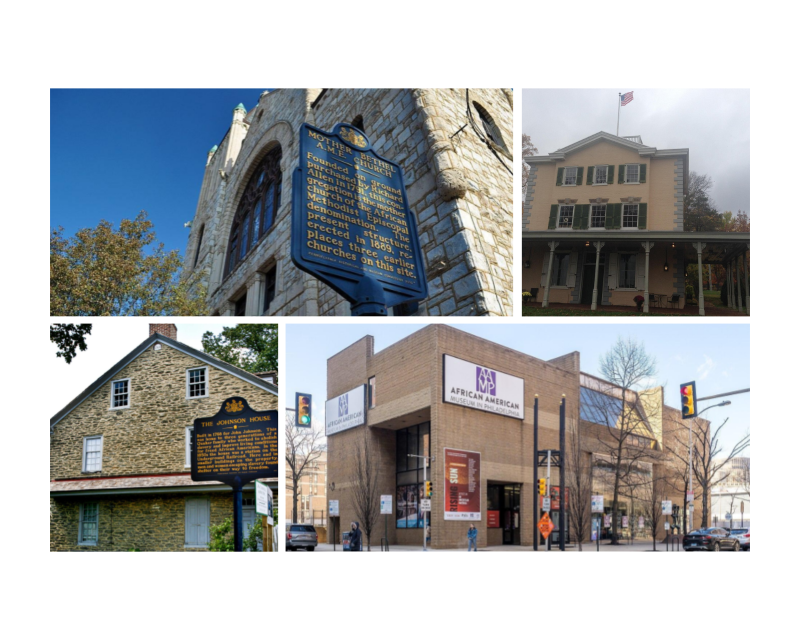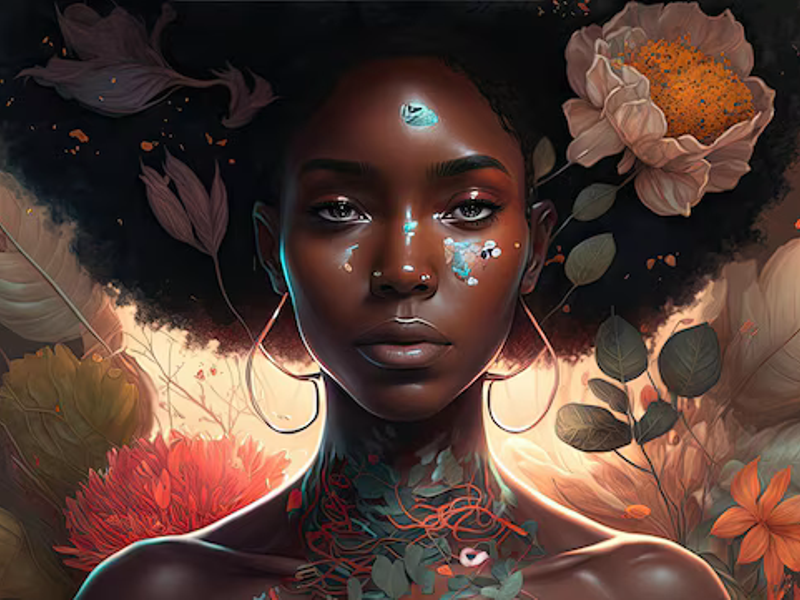
Image by sentretvector on Freepik
“You may not control all the events that happen to you, but you can decide not to be reduced by them.”
– Maya Angelou
For many Black people, art has always been a potent means of expressing themselves. Additionally, research indicates that creating art improves mood overall, reduces stress and anxiety, and activates the brain’s reward region. Through the process of producing, art may also assist us in processing or feeling more in control of challenging circumstances. And everyone is included in that. The benefits of art for mental health are not limited to those who excel in their art field. Creative activities allow our inner light to come through and may help you transform your grief or disappointments into strength, whether you’re an accomplished painter, an amateur phone photographer, or just someone who likes to shout out Beyoncé tunes in the shower.
African Art Forms Used in Art Therapy: A Journey of Symbolic Healing
African art forms transcend mere aesthetics, imbued with rich symbolism and cultural significance, making them powerful tools for art therapy. This section will delve into the specific ways various art forms are utilized to facilitate healing and transformation:
1. Storytelling and Rituals: Weaving Narratives of Transformation
- Storytelling: In African traditions, stories are passed down through generations, serving as a repository of wisdom and a means to navigate life’s challenges. Art therapy incorporates storytelling techniques, encouraging individuals to create narratives through visual art, music, or movement. These narratives can explore personal struggles, cultural heritage, and pathways to healing.
- Rituals: Rituals create a sacred space for participants to connect with their inner selves, ancestors, and the community. Art therapy sessions might incorporate elements of traditional ceremonies, like drumming circles or mask-making, adapted to a therapeutic setting. These rituals can foster a sense of safety, belonging, and connection to a larger purpose.
2. The Power of Movement: Dance, Textiles and Animal Totems
- Dance: In African cultures, dance is a form of storytelling, celebration, and spiritual connection. Art therapy can incorporate elements of traditional dance, allowing clients to express emotions and traumas through movement. The rhythmic and communal nature of dance can foster a sense of belonging and catharsis.
- Textiles: Textiles like the vibrance of the Kuba people or the geometrically patterned Ndebele wall paintings hold significant cultural meaning. Art therapy sessions might involve creating textiles or incorporating textile patterns into artwork. This can explore cultural identity, family history, and personal narratives.
- Animal Totems: Across Africa, different animals carry symbolic weight. An art therapist might guide clients to explore their spirit animal, its qualities, and how it relates to their strengths and challenges.
3. Music and Instruments: Rhythms of the Heart
- Drumming: The djembe, a West African hand drum, is prominently featured in many cultures. Its deep, resonant tones can evoke deep emotions. Art therapists may use drumming circles to create community, promote rhythmic synchronization, and facilitate emotional release.
- Singing: Singing traditional or creating new songs can be a powerful tool for self-expression and cultural connection. Singing allows clients to explore their literal and metaphoric voices and reclaim their narratives.
4. Masks: Unveiling the Hidden Self
- Masks: African masks are not mere decorations but powerful tools for transformation and connecting with the spirit world. In art therapy, mask-making allows clients to explore hidden aspects of themselves, express emotions they might struggle to articulate verbally, and ultimately embrace their whole selves.
The beauty of African art therapy lies in its adaptability. Therapists can incorporate various art forms based on the client’s cultural background, preferences, and therapeutic goals.
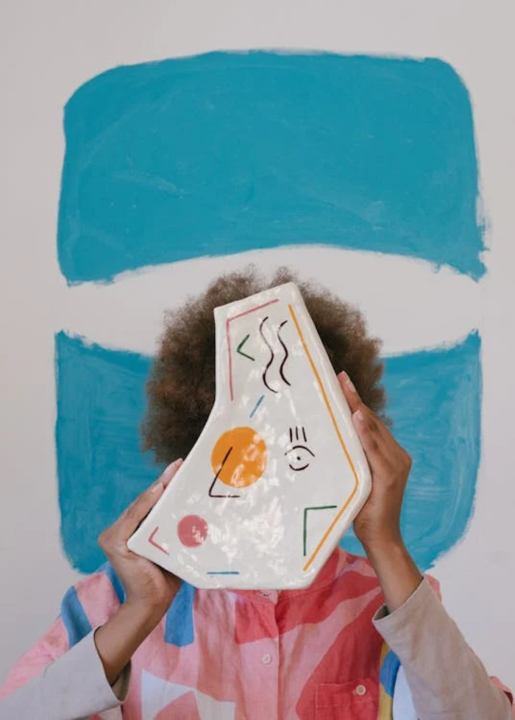
Photo by RF._.studio from Pexels
Art as a Catharsis
The Black experience is woven with threads of joy, resilience, struggle, and triumph. But the weight of historical trauma, societal pressures, and everyday challenges can take a toll on mental well-being. Here, art emerges as a powerful tool for catharsis, a release valve for pent-up emotions, and a pathway to healing.
The Creative Crucible: Processing and Releasing Difficult Emotions
For Black individuals, creating art can be a transformative experience. Putting brush to canvas, sculpting with clay, or belting out a song allows for expressing a vast spectrum of emotions – anger, frustration, grief, and even joy that might be difficult to articulate verbally. Art provides a safe space to confront these emotions head-on, explore their roots, and ultimately begin to release their hold.
Navigating Past Traumas: Transforming Scars into Stories
Historical and personal traumas can leave deep scars on the psyche. Art therapy offers a unique approach to addressing these traumas. Through visual art, clients can create symbolic representations of their experiences, giving form to the formless and allowing them to confront the past in a controlled environment. The creative process can be cathartic, fostering a sense of agency and control over the narrative. By externalizing these experiences, individuals can begin healing and move towards a brighter future.
Finding Solace in the Symphony of Expression
Art isn’t just about expressing negativity; it’s also about finding solace and beauty. Creating art allows Black individuals to connect with their inner strength, resilience, and creativity. Creation can be deeply therapeutic, offering a sense of accomplishment and a renewed sense of self-worth. Furthermore, art can be a source of comfort. Listening to soulful music, viewing evocative paintings, or immersing oneself in the rhythmic pulse of drumming circles can offer a sense of peace and belonging.
Art Therapy: A Hope in Black Communities
Art therapy is a growing force in the mental health landscape, particularly within Black communities. Recognizing Black individuals’ unique challenges, therapists increasingly incorporate art forms like music therapy, dance therapy, and visual arts therapy into their practice. These modalities provide culturally competent avenues for healing, allowing Black clients to connect with their heritage while addressing their specific needs. Art therapy offers a safe space for open dialogue, fostering a sense of community and collective resilience.
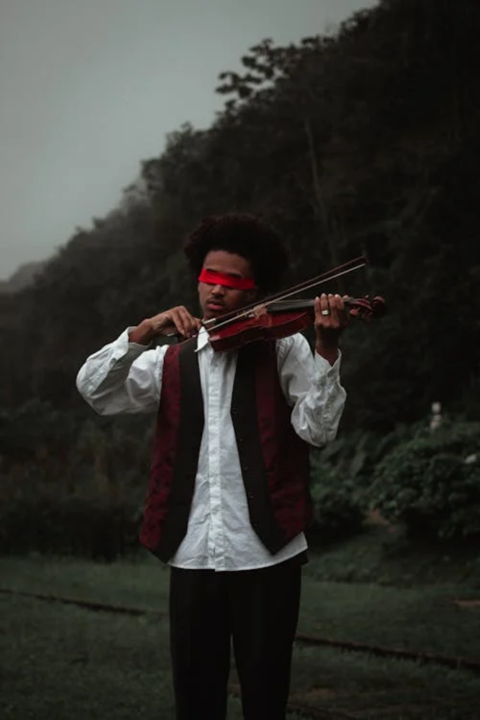
Photo by Nathan Martins from Pexels
Spotlight on Black Brilliance:
1. Kendrick Lamar (Music): This hip-hop icon isn’t afraid to delve into the complexities of mental health. His critically acclaimed album “To Pimp a Butterfly” grapples with depression, self-doubt, and societal pressures faced by Black men. Tracks like “u” explore feelings of isolation and the struggle for self-acceptance, resonating deeply with listeners navigating similar challenges.
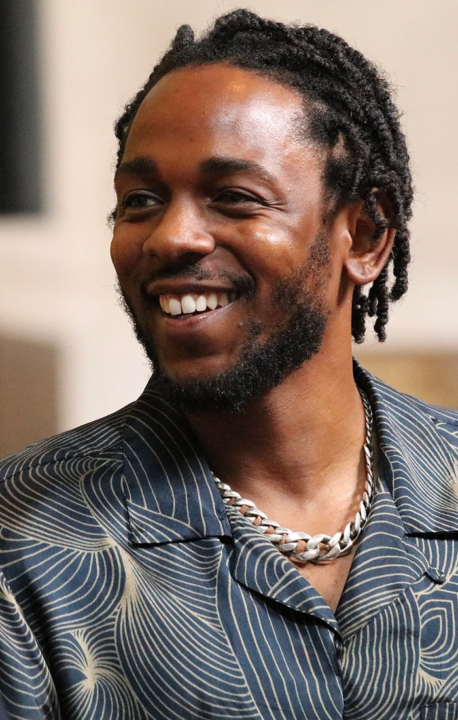
Kendrick Lamar. Photo by Fuzheado – Own work, CC BY-SA 4.0, Wikimedia Commons
2. Kara Walker (Visual Arts): Walker’s powerful silhouettes confront the legacy of racism and its impact on mental well-being. Her work often explores themes of vulnerability, isolation, and the complexities of Black identity. Pieces like “Gone” address the psychological toll of historical trauma, sparking conversations about the ongoing need for healing.
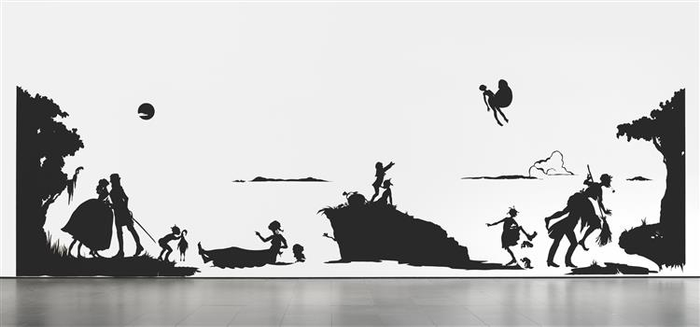
Gone, An Historical Romance of a Civil War as It Occurred Between the Dusky Thighs of One Young Negress and Her Heart by Kara Walker, 1994. Fair Use. Source: WikiArt
3. Lorna Simpson (Photography): Simpson’s work delves into themes of identity, memory, and the Black experience. Her photographs often utilize fragmented images and layered narratives, reflecting the internal struggles and fragmented sense of self that can arise from societal expectations and racial marginalization. Her work encourages viewers to confront these complexities and explore the path towards self-discovery.
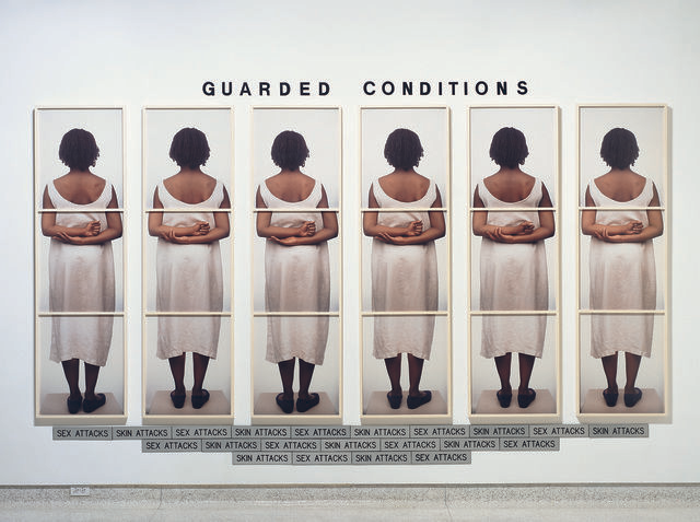
Guarded Conditions, by Lorna Simpson, 1989. Fair Use. Source: WikiArt
4. Toyin Ojih Odutola (Painting): Nigerian-born artist Toyin Ojih Odutola’s captivating paintings depict fantastical Black figures in dreamlike landscapes. While her work is visually stunning, it also delves into themes of displacement, cultural memory, and the search for belonging, all of which can significantly impact mental well-being.
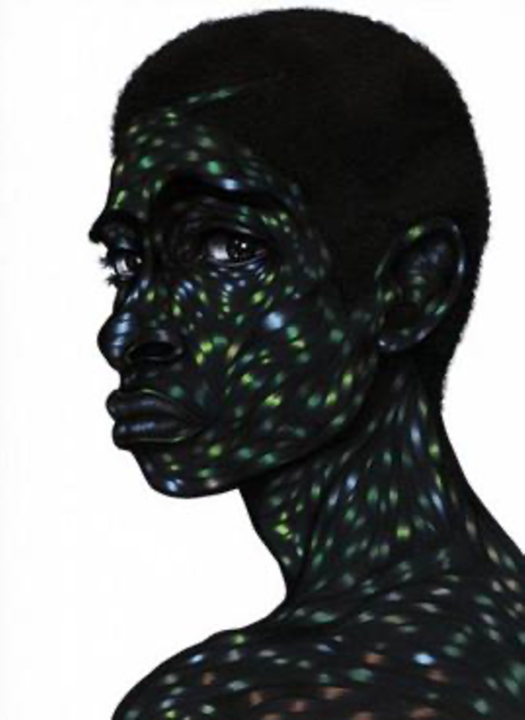
Lonely Chyambers by Toyin Odutola, 2011. Fair Use Source: Wikimedia Commons
5. Alice Walker (Literature): In her Pulitzer Prize-winning novel The Color Purple, Walker explores the psychological toll of racism, sexism, and sexual abuse. Celie, the protagonist, endures immense hardship but ultimately finds strength and resilience. The novel is a testament to the human spirit’s ability to overcome trauma.
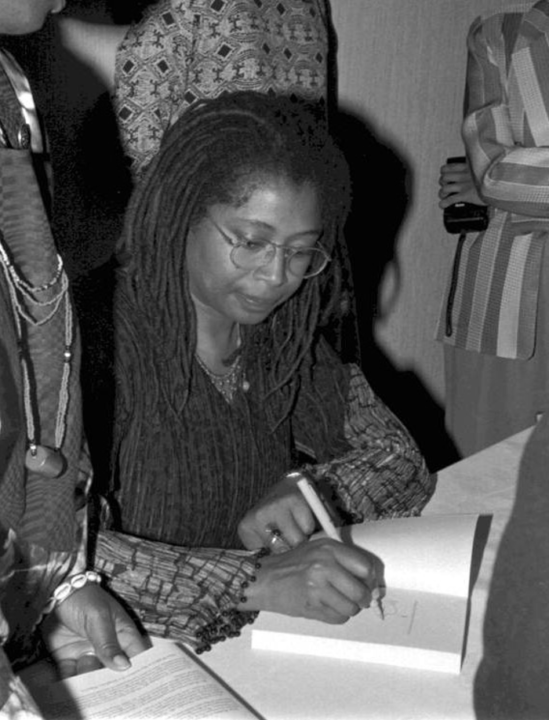
Alice Walker signing books in FloridaFlorida Memory, No restrictions, via Wikimedia Commons
Remember, this is just a starting point! Countless Black artists across various disciplines have addressed mental health themes. Further exploration will reveal a wealth of artistry that entertains and offers solace, understanding, and a sense of shared experience for Black communities.
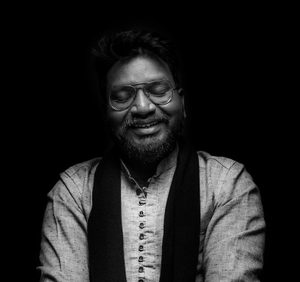
Anand Subramanian is a freelance photographer and content writer based out of Tamil Nadu, India. Having a background in Engineering always made him curious about life on the other side of the spectrum. He leapt forward towards the Photography life and never looked back. Specializing in Documentary and Portrait photography gave him an up-close and personal view into the complexities of human beings and those experiences helped him branch out from visual to words. Today he is mentoring passionate photographers and writing about the different dimensions of the art world.




